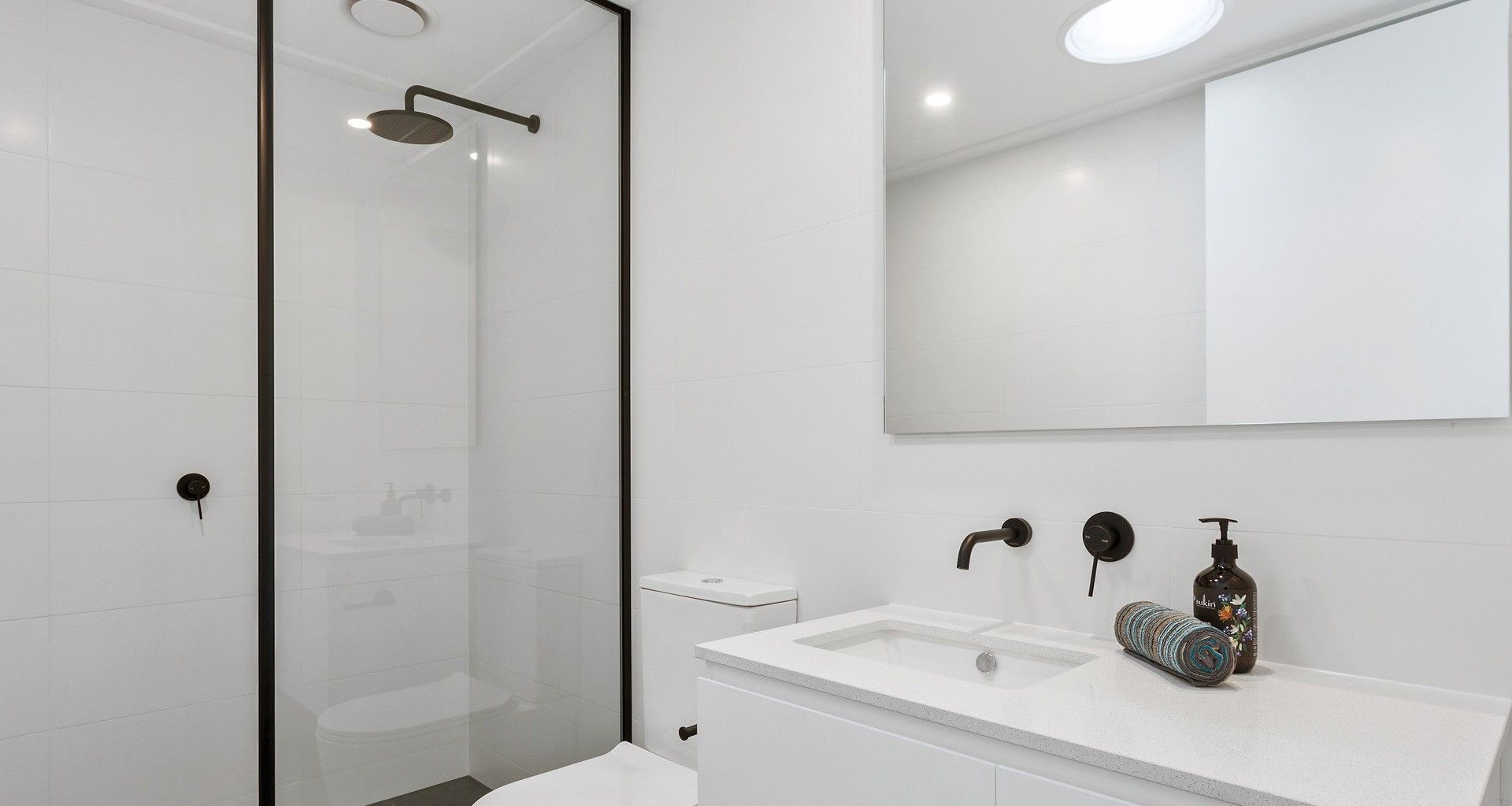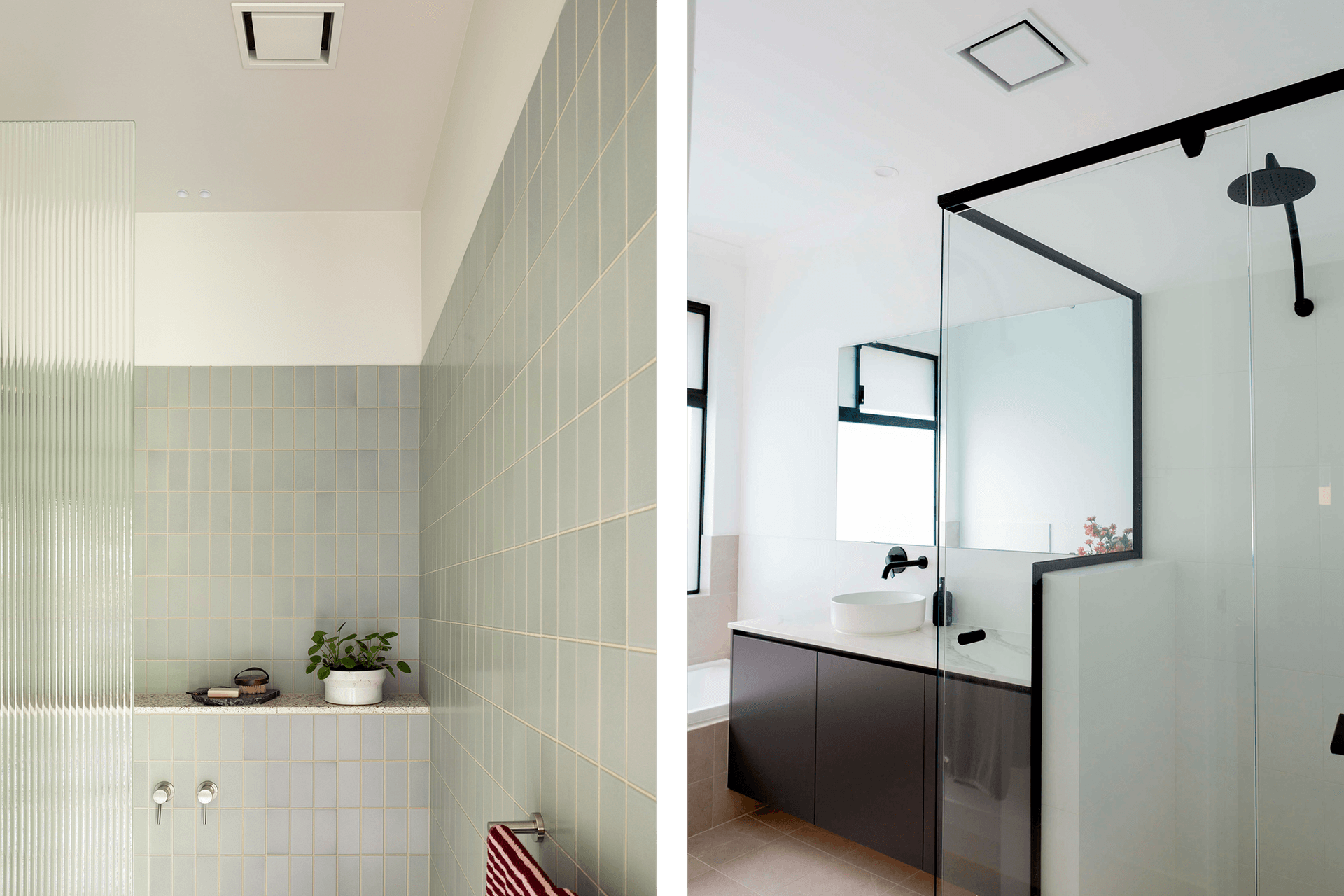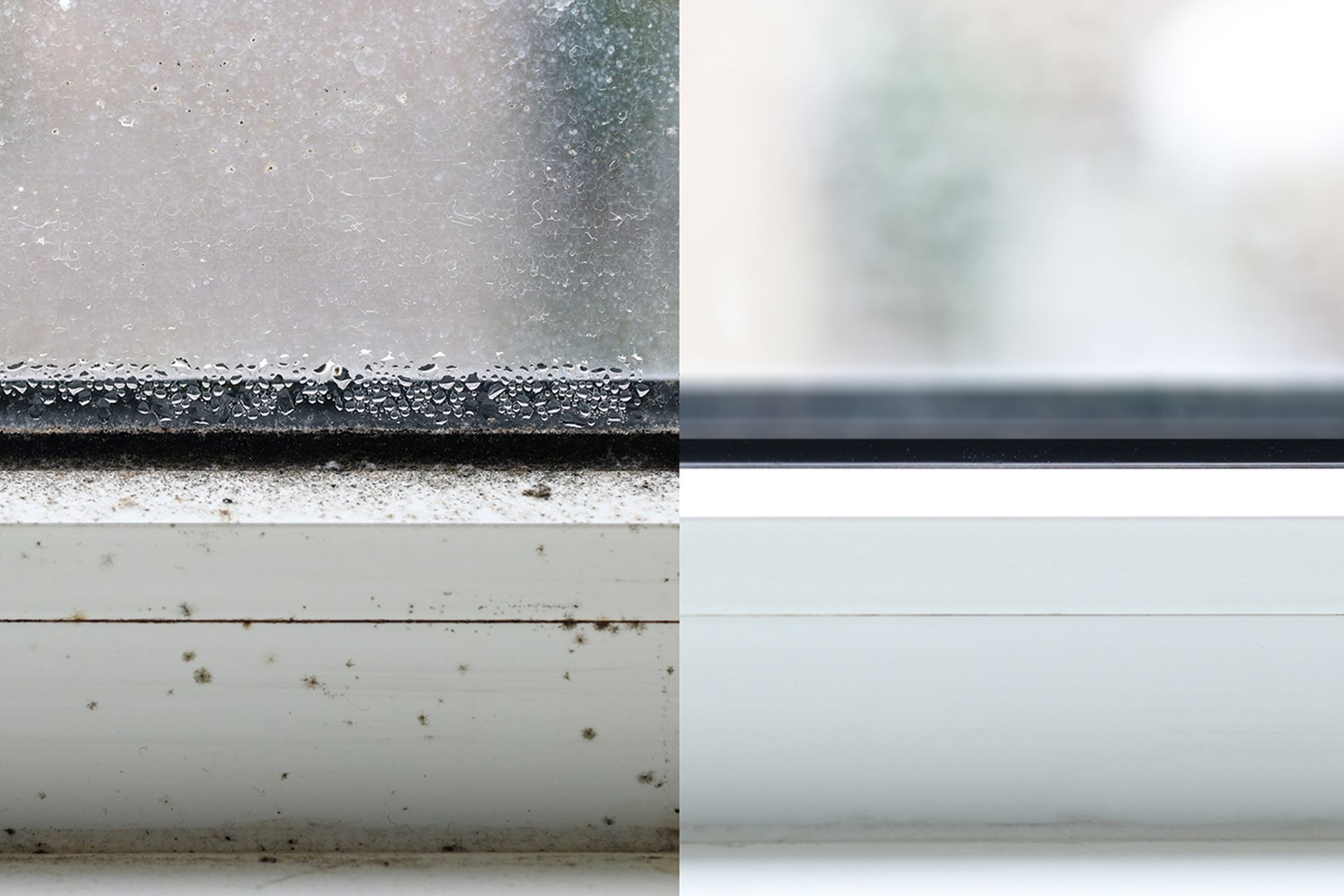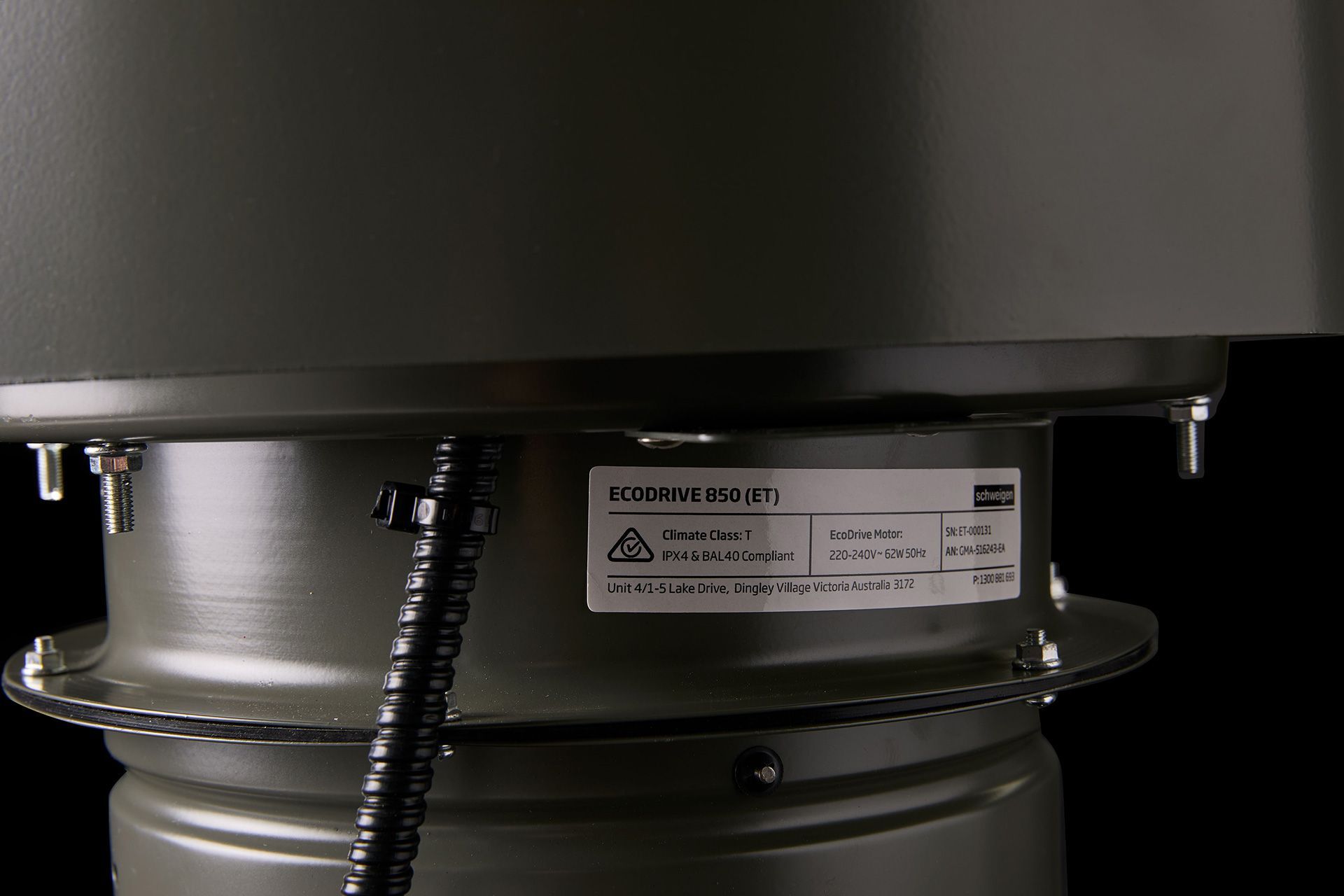Enjoy healthier airflow with exhaust fans

As homes become increasingly sealed, ensuring effective ventilation has become more crucial than ever. Poor ventilation in wet areas can result in humidity and condensation - creating an environment ripe for mould and mildew growth over time. This guide helps you get the most out of exhaust fan systems:
- Find the right fan for the job
- Calculate the volume of the space to vent using length x width x height.
- Find a fan with the appropriate extraction rate for the room size.
- Note that the degree of airtightness will hamper the fan’s performance.
- Determine the best placement for the diffuser vent
- Ideally near the primary source of moisture, typically above the shower or bathtub. This helps to capture and expel humid air before it spreads throughout the room.
- Aim for adequate cross ventilation. If possible, the diffuser should be located opposite to the air intake to ensure optimal coverage and enhanced airflow.
- Warm, moist air rises, so placing the diffuser high helps in efficiently removing this humid air from the room.
- Away from doors and windows where it might draw in outside air instead and interfere with the exhaust flow.
- Away from showerhead by at least a few feet to prevent water droplets from affecting the fan's performance.
- Aim for balanced airflow to prevent moisture accumulation in any one spot.
- Install with a door vent
- Exhaust fans work best when it has a readily available source of air to move.
- Bathroom exhaust fans often struggle to perform optimally if there is insufficient make-up air entering the same space where air extraction happens. This limited airflow can lead to back pressure, reducing fan efficiency by as much as 30% to 40%.
- An open window or door vent (by way of a louvre or grille in or above the door) helps to balance the air pressure by allowing fresh air to enter the bathroom. This improves the overall rate of air exchange and facilitates more efficient removal of humid or stale air by the exhaust fan.
- A door vent can reduce the workload on the exhaust fan, as the fan doesn’t have to work as hard to pull air through a constrained space. This can potentially extend the lifespan of the fan and maintain its performance over time.
- Improved airflow helps to prevent excess moisture from accumulating on surfaces, reducing the risk of condensation-related issues such as mould and mildew.

- Install with proper ducting and ductwork
- The National Construction Code stipulates that mechanical ventilation for the bathroom, laundry and kitchen should be ducted outdoors.
- When doing so, avoid sharp bends and long ducts - use the shortest and straightest duct path possible to minimize airflow resistance.
- Ensure the duct diameter matches the fan’s output to prevent airflow restrictions.
- Seal and insulate - use silver foil tape or clamps to secure duct connections and prevent leaks. This also helps prevent condensation and maintain airflow efficiency.
- Consider hiring a professional installer to ensure that the works are done to spec.
- Conduct regular maintenance
- Where possible, clean the grille to remove dust and debris that can impede airflow.
- Ensure nothing obstructs the fan or ducts, such as furniture or insulation.
Proper installation and maintenance of the exhaust fan, along with correct diffuser positioning and door vents, will help ensure effective moisture removal and improve the overall air quality in the bathroom.

Still facing condensation issues?
If there are still dealing with condensation issues despite these measures, we recommend the following:
- Reduce moisture build-up
- Leave the exhaust fan to run for 5-10 minutes after showers to ensure moist air is fully extracted.
- Consider insulation around cold water pipes to reduce condensation on the pipes themselves.
- Consider improving wall and ceiling insulation as this helps to keep surfaces warm, and reduces the likelihood of condensation.
- Use a dehumidifier in high-humidity areas to keep moisture levels in check.
- Consider shortening showers to use cooler water to reduce steam production.
- Wipe the walls and glass doors of the shower after use to reduce moisture build-up.
- Address pre-existing issues
- Check and repair leaks in plumbing promptly.
- Ensure that all gaps around the tub, sink, and other fixtures are sealed properly.
- Clean any visible mould or mildew with appropriate cleaners.
- Consider a shower door or curtain to help contain moisture.
- Use mould and moisture-resistant paint, tiles, and other materials to reduce the risk of condensation problems.
Now vent two adjacent rooms with one Schweigen Ecodrive® motor - mounted outside of homes for silent extraction indoors. Find out more aboutSchweigen Silent Exhaust Fans.


